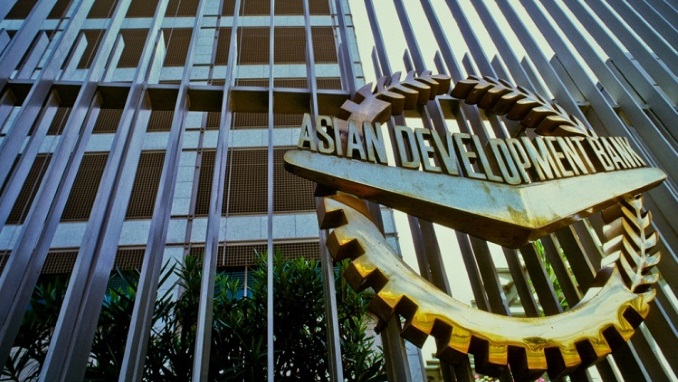As Mongolia prepares for 2025, there is a stark contrast in the economic forecasts provided by international organizations and domestic experts. While international agencies like the Asian Development Bank (ADB) predict strong growth, local economists and analysts raise concerns about inflation, unemployment, and fiscal mismanagement that could undermine this optimism. For expatriates, business leaders, and investors, understanding these conflicting perspectives is crucial to navigating the uncertainty in Mongolia’s economic landscape.
Positive Growth Projections from International Organizations
According to the Asian Development Bank (ADB), Mongolia’s economy is projected to grow by 6.0% in 2025. This growth is expected to be fueled primarily by the mining sector, with continued high demand for coal, copper, and gold. The ADB’s forecast highlights the ongoing expansion of key mining projects, notably the Oyu Tolgoi copper mine, as a primary driver of GDP growth. In fact, the ADB credits the mining boom for stabilizing the economy in recent years, despite the challenges posed by the global economic slowdown (ADB, 2024).
The ADB’s optimistic outlook is supported by other global institutions, such as the World Bank, which also projects steady growth in Mongolia’s exports and domestic consumption. In the first half of 2024 alone, coal exports rose by 37.6%, underlining the resilience of the sector despite global economic volatility (Mongolian Statistical Office, 2024). Additionally, agriculture, particularly livestock production, is expected to recover from setbacks in 2024, further bolstering economic prospects.
Domestic Concerns: Inflation, Unemployment, and Fiscal Management
While international forecasts are bullish, domestic experts have expressed more caution. G. Batkhuu, a Mongolian economist, raised significant concerns in a recent interview with news.mn. He warned that inflation, driven by rising food prices and supply chain disruptions, could reach double digits in 2025. According to Batkhuu, this inflationary pressure, combined with a weakening tugrik, poses a substantial risk to purchasing power and consumer confidence in the short term (news.mn, 2024).
Additionally, unemployment is a growing issue, particularly among the younger population. Despite the expansion in key sectors like mining, the lack of diversification in Mongolia’s economy has led to limited job opportunities for skilled workers, especially in non-mining industries. As a result, the National Statistical Office of Mongolia reported an uptick in unemployment rates, particularly among recent graduates and youth (National Statistical Office, 2024). This could lead to increased social discontent, especially if economic growth fails to translate into meaningful employment gains for young people.
Fiscal mismanagement also remains a pressing concern. The Mongolian government has struggled with managing public finances, particularly in light of the increased debt burden accumulated over the past decade. Local economists, including Batkhuu, argue that without structural reforms and improved fiscal discipline, Mongolia risks higher deficits and growing inflation, which could undermine the benefits of external growth drivers like mining exports.
The Outlook: A Balanced Approach?
The conflict between the positive growth projections from international organizations and the more pessimistic domestic outlook is not unusual for developing economies, especially those heavily reliant on resource exports. The reality for Mongolia in 2025 will likely be shaped by how well the government and private sector can balance the strong external demand for minerals with addressing internal structural challenges.
For investors and businesses, this means being prepared for both potential upsides in export-driven growth and the downside risks posed by inflation and domestic economic pressures. Diversification efforts, both in terms of economic sectors and revenue sources, will be crucial for long-term stability. Furthermore, any positive gains from the mining sector must be matched with improvements in public spending, infrastructure, and social services to ensure that the benefits of growth are more widely shared across the population.
Mongolia’s 2025 economic outlook reflects the uncertainty of a developing economy caught between external optimism and domestic caution. International organizations like the ADB foresee a bright future fueled by strong export performance, while local experts warn of significant risks from inflation, unemployment, and fiscal instability. Ultimately, the year ahead will test Mongolia’s ability to manage these challenges while leveraging its natural resources for sustainable growth.

